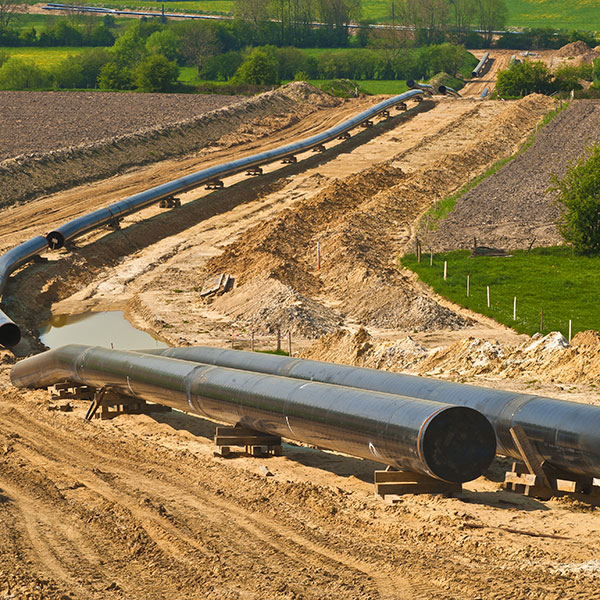
On June 1, 2017, the Federal Energy Regulatory Commission announced an investigation into the alleged use of petroleum hydrocarbon constituents during horizontal directional drilling activities on the Rover Pipeline Project in Ohio. The announcement of an investigation follows a May 10, 2017 letter from FERC that limited the company’s authority to conduct horizontal directional drilling activities after an inadvertent return of approximately 2 million gallons of drilling fluid during completion of drilling under the Tuscarawas River. According to the FERC letter announcing the investigation, testing by the Ohio Environmental Protection Agency revealed petroleum hydrocarbon constituents, commonly found in diesel fuel, in samples of drilling fluid near the Tuscarawas River.
FERC states that the presence of petroleum hydrocarbons “suggests a violation of Environmental Condition No. 1 of the Commission’s February 2, 2017 Order Issuing Certificates” – which requires the operator to adhere to construction procedures described in its application and identified in the associated Environmental Impact Statement. According to FERC, the application and associated EIS stated that the operator was committed to using drilling fluid composed only of a “slurry made of nontoxic/non-hazardous bentonite clay and water” – which would preclude the use of petroleum hydrocarbon constituents.